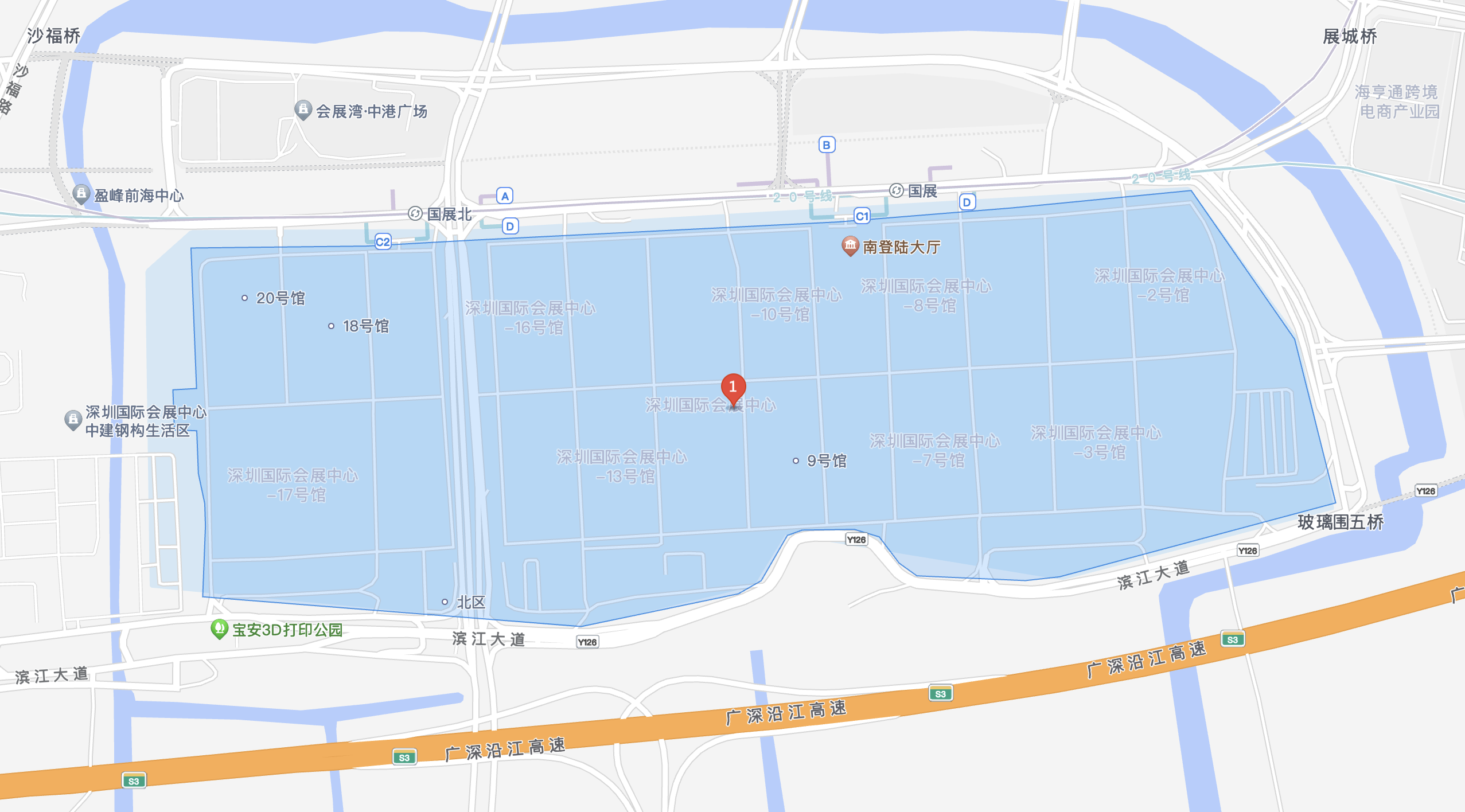On August 28, 2025, a special conference titled "Open Gateway Innovation and Practice in the IoT Field" was successfully held in Hall 4, Hall 11, Shenzhen International Convention and Exhibition Center (Bao'an), hosted by the GSMA (Global System for Mobile Communications Association) and organized by the Shenzhen Internet of Things Industry Association and Shenzhen Ulinkmedia Co., Ltd. Technical experts and company representatives from the IoT field, including GSMA, China Telecom, Qiantong Technology, and CITIC Telecom International, gathered to engage in in-depth discussions on the practical application of Open Gateway technology in IoT scenarios, focusing on unlocking operator network capabilities and ensuring connection security, injecting new momentum into the development of the global communications industry.
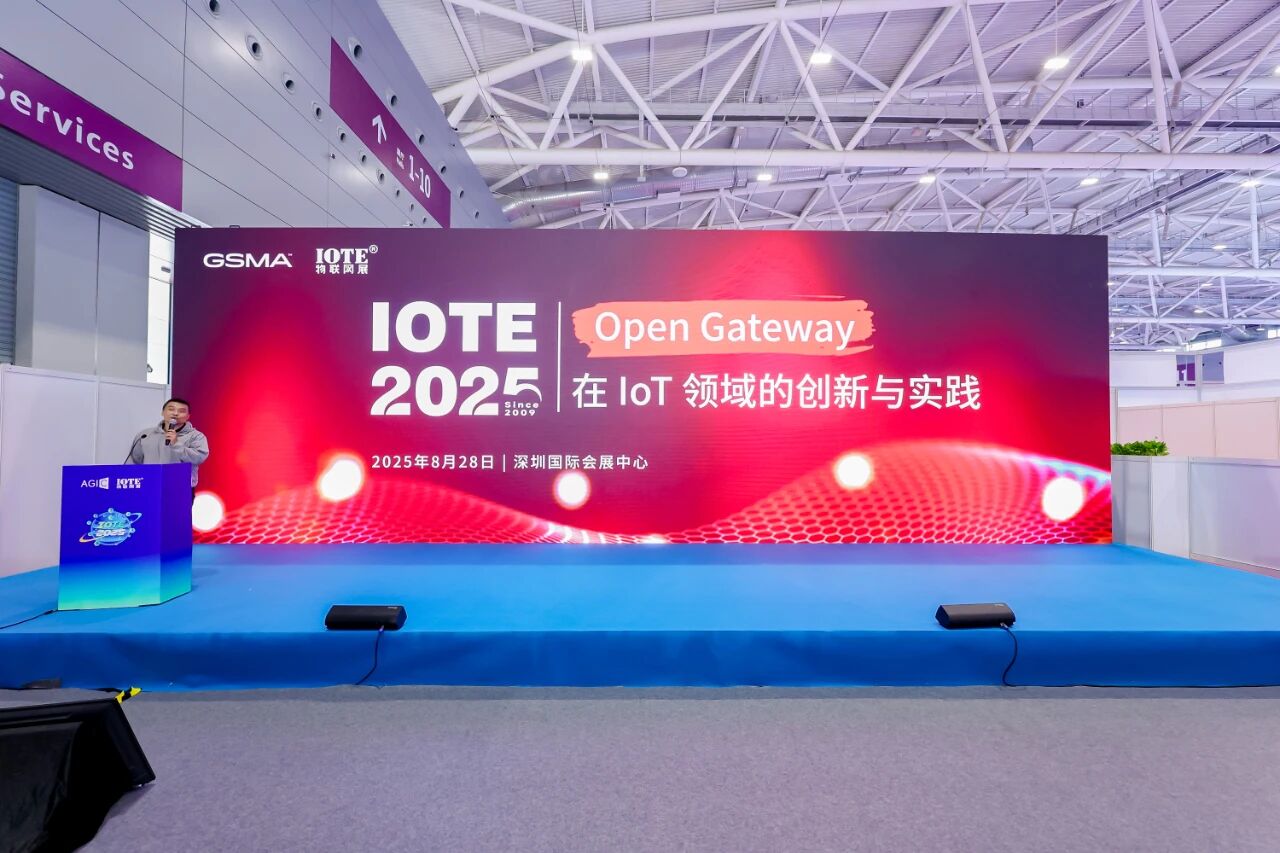
Mr. Liu Honglu, Technical General Manager of GSMA Greater China, delivered an opening speech. He emphasized that Open Gateway, as a key initiative to promote the openness of operator network capabilities, is accelerating the breakdown of technical barriers to the development of the Internet of Things. Furthermore, Open Gateway offers a natural advantage in ensuring network connectivity security, creating a secure and efficient new space for future development and innovation in the communications industry.

Afterwards, Zheng Huabing, Secretary-General of the Shenzhen Internet of Things Industry Association, also delivered a speech. He said that the Shenzhen Internet of Things Industry Association will continue to build a platform for exchanges and cooperation in the Internet of Things industry, actively play the role of the association as a bridge and link in the industry, vigorously promote ecological construction, and help Open Gateway to deeply integrate with the Internet of Things industry to release greater value.
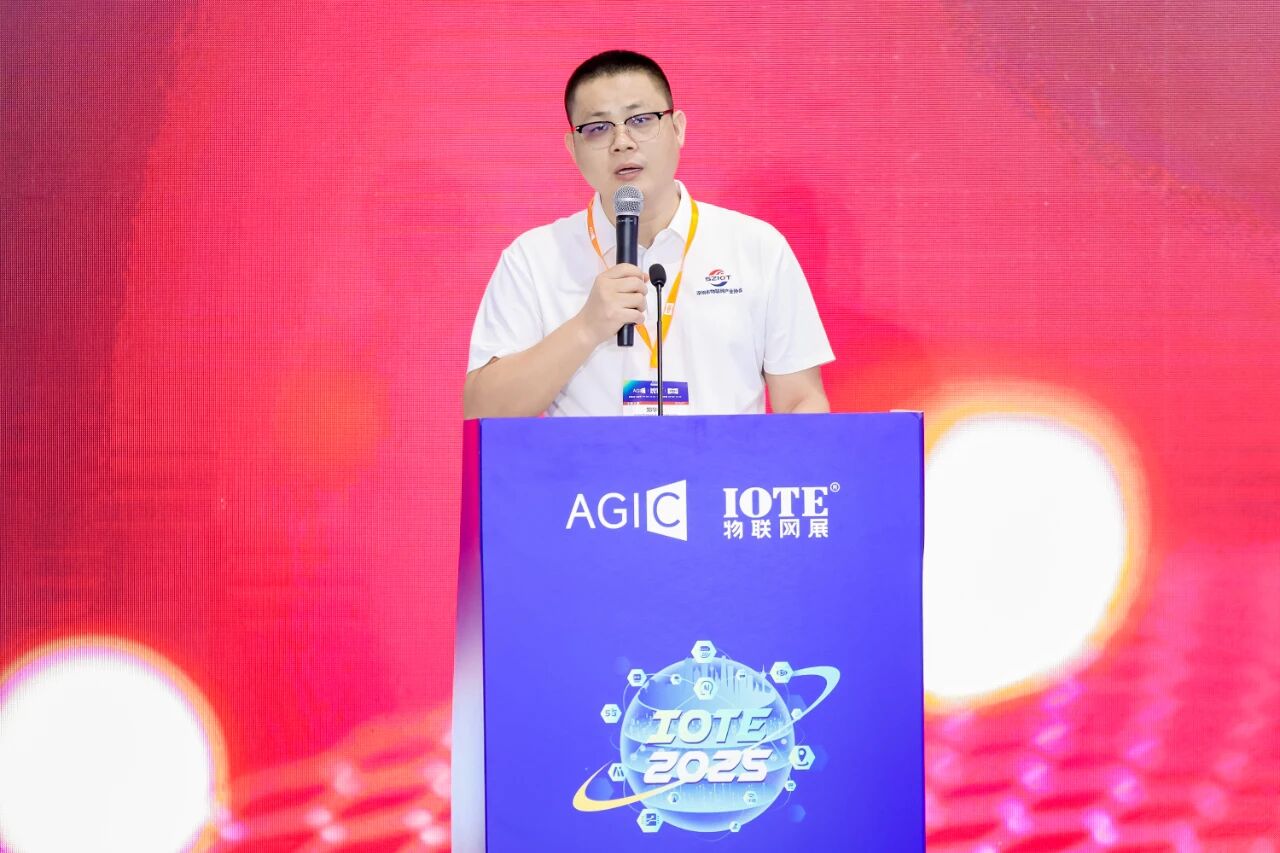
At the conference, Li Zhen, Senior Technology Manager for Greater China at GSMA, fully demonstrated the GSMA's influence in the global communications industry. As the world's largest mobile communications industry platform, it is committed to bringing together cross-industry resources and ecosystems to promote innovation and sustainable development within the communications industry. To further unlock network potential, the GSMA launched the Open Gateway initiative. This initiative, centered around standardized APIs (application programming interfaces), promotes the openness and interoperability of network capabilities, including 4G and 5G Advanced, enabling IoT devices to more easily access operator network capabilities. Currently, the protocol covers popular application scenarios such as fraud prevention, Quality of Service (QoS), and Know Your Customer (KYC). Fraud prevention is currently the most popular application scenario, with relevant implementations already underway in countries such as Germany, the United States, China, and Spain.
Domestic operators have also become a key force in promoting the openness of global communications capabilities. China Mobile introduced AI Model as a Service (MaaS), building an "AI + Open Gateway" ecosystem that streamlines the entire process from capability definition to commercialization. China Unicom has established the Open Gateway network capability exposure platform, providing scenario-based solutions for industries such as finance, government, transportation, industry, education, logistics, and healthcare.
At the end of his speech, Professor Li Zhen also demonstrated on-site how the CAMARA API source code can achieve efficient data transmission, intelligent connection management and other functions in the IoT scenario.
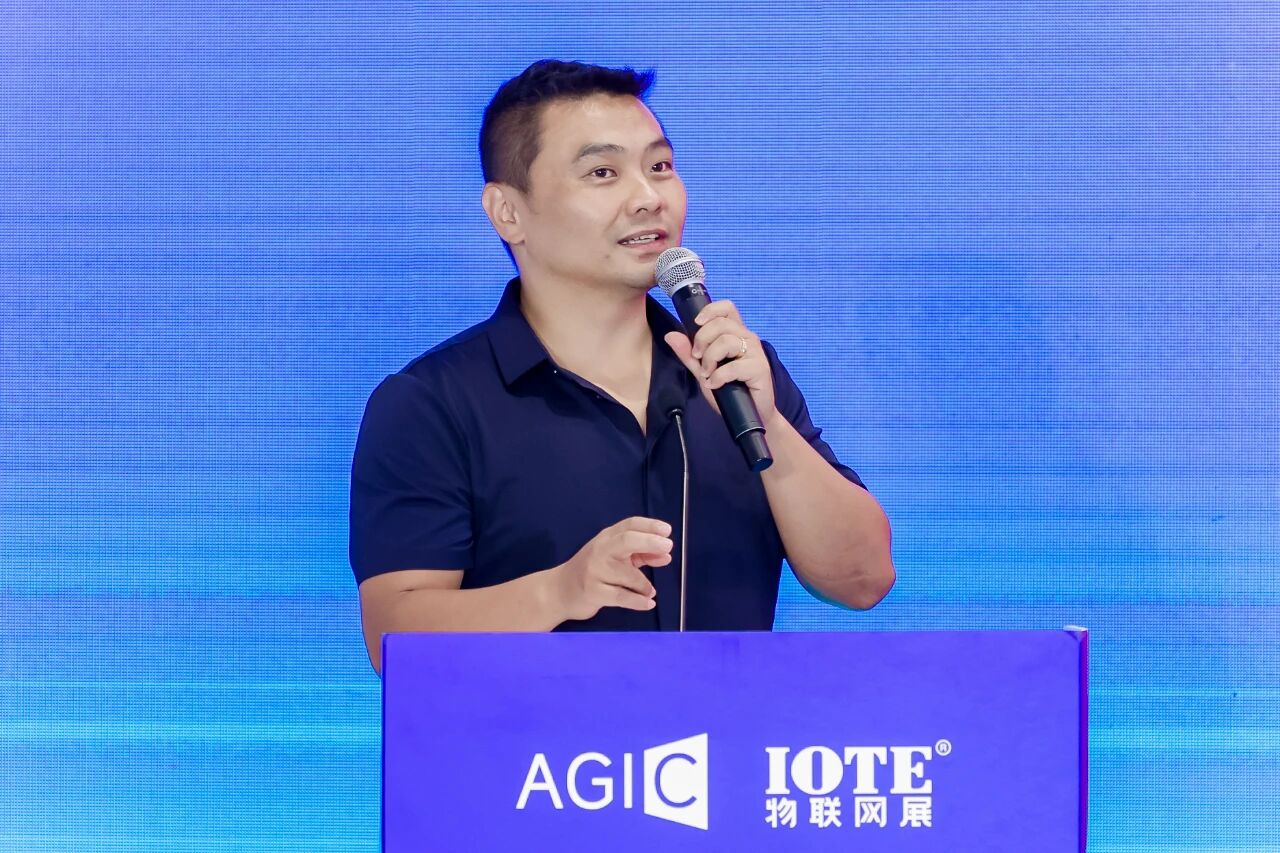
Liu Xinzheng, Director of Global IoT International Business Operations at China Telecom Tianyi IoT, detailed China Telecom's "IoT SIM Card Anti-Fraud API" and "IoT Device Communication Management API," leveraging the Open Gateway protocol to launch two projects: the "IoT SIM Card Anti-Fraud API" and the "IoT Device Communication Management API." These projects address the pain points of IoT application management across multiple industries.
China Telecom is also deeply integrating Open Gateway capabilities into the 5G IoT landscape. Through open QoS service capabilities, security isolation, and Tianyi Cloud CDN services, China Telecom is building a comprehensive 5G IoT service system encompassing service assurance, security protection, and user experience upgrades.
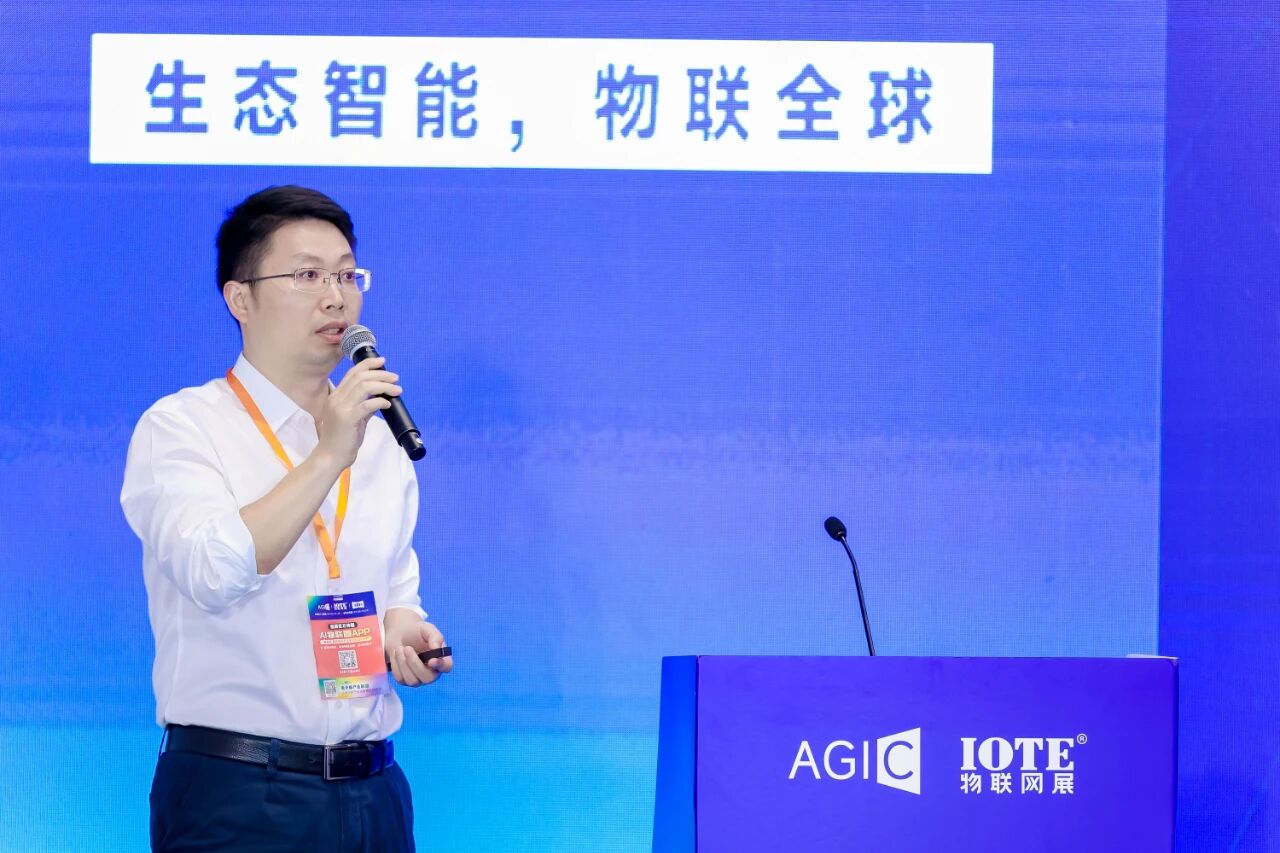
Liang Hongbin, CTO of Shenzhen Qiantong Technology Co., Ltd., focused on enterprise private network IoT scenarios. He discussed Qiantong's in-depth collaboration with a global ocean smart service platform company to provide a 5G coverage transmission solution based on the Open Gateway protocol for ocean-going passenger and vehicle cruise ships, solving the challenges of equipment monitoring and data transmission in ocean-going scenarios.
On a technical level, the Open Gateway API enables end-to-end dynamic response within the smart ocean platform, from alarm triggering to command execution. This significantly improves the real-time and flexibility of ocean-going cruise ship equipment management and control, providing an innovative and secure approach to enterprise digital transformation.

At the conference, Wang Hongjia, Vice President of the Networking Business Department at CITIC Telecom International Limited, shared in depth how the company is leveraging Open Gateway to optimize and innovate its IoT services. As the first telecommunications service provider in Hong Kong, Macau, and Taiwan to join the GSMA Open Gateway initiative, and the only telecommunications service provider in Hong Kong with commercial API services, CITIC Telecom's pioneering achievements in this area have garnered significant attention.
CITIC Telecom's independently developed NaaS platform, which officially launched commercially in the first quarter of 2025, deeply integrates Open Gateway APIs, building a full-stack of technical capabilities from the data layer, API interface layer, to the business service layer. This platform provides a strong technical foundation for services such as global mobile number intelligent authentication, financial fraud prevention, and 5G networks. Furthermore, leveraging the standardization capabilities of Open Gateway, CITIC Telecom International is deeply integrating its network advantages into business scenarios such as connected vehicles, e-payment, smart security, and enterprise acceleration packages, providing stable, flexible, and secure innovative IoT services to support the digital transformation of the industry.
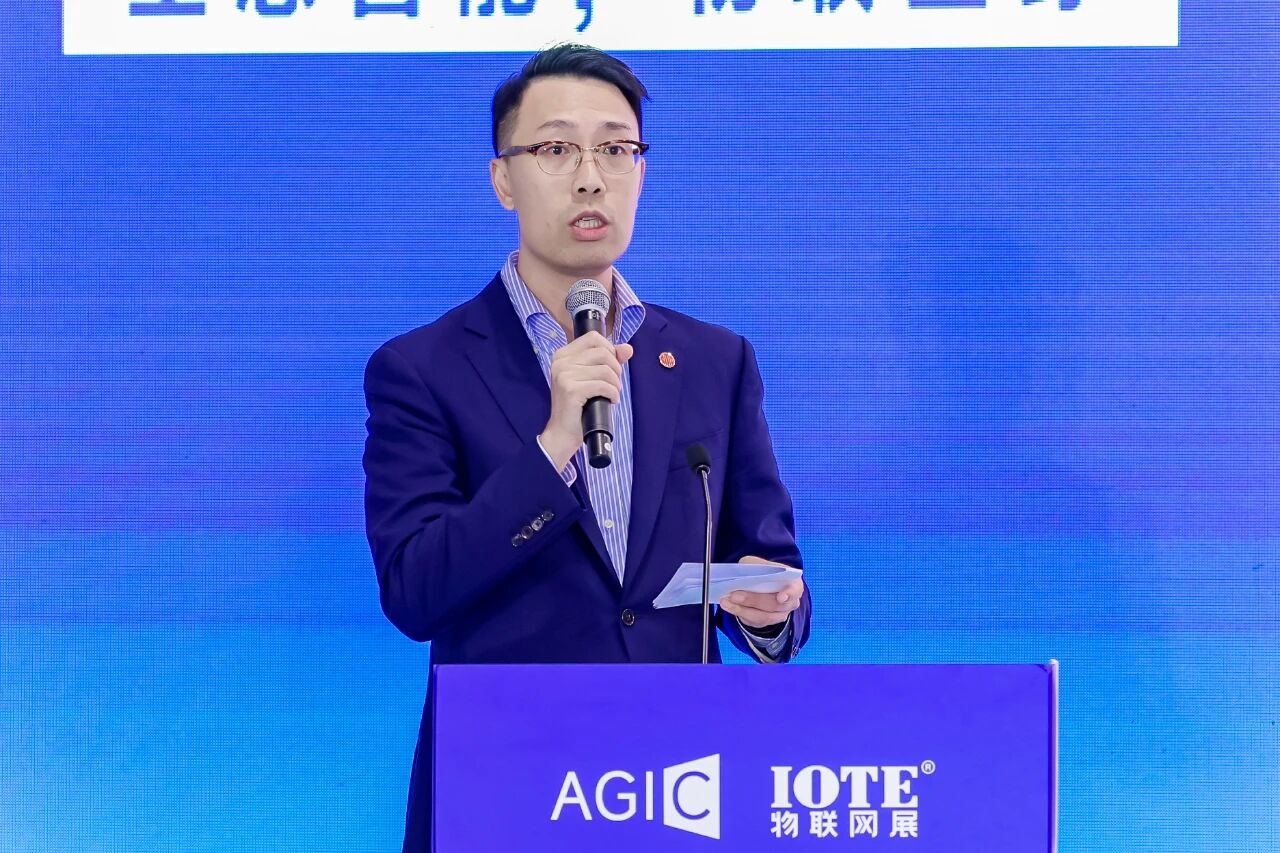
This special conference, "Open Gateway Innovation and Practice in the IoT Field," was not only a technological feast gathering global IoT expertise, but also a key opportunity to promote industry collaboration and accelerate technology implementation. With the GSMA leading the way and operators engaging in in-depth practical applications, the in-depth discussions and sharing of results around Open Gateway technology not only clearly demonstrated the technology's proven applications in scenarios such as fraud prevention, connected vehicles, long-distance communications, and cross-border services, but also outlined a new blueprint for IoT development driven by the dual pillars of "network capability openness + security assurance."
In the future, with the continued improvement of the industry ecosystem and the deepening of technological application, Open Gateway will undoubtedly further break down barriers to IoT development, unlock more cross-sector innovation, inject lasting momentum into the intelligent and secure transformation of the global communications industry, and propel the intelligent interconnection of all things to a new stage of higher-quality development.
This paper is from Ulink Media, Shenzhen, China, the organizer of IOTE EXPO (IoT Expo in China)













